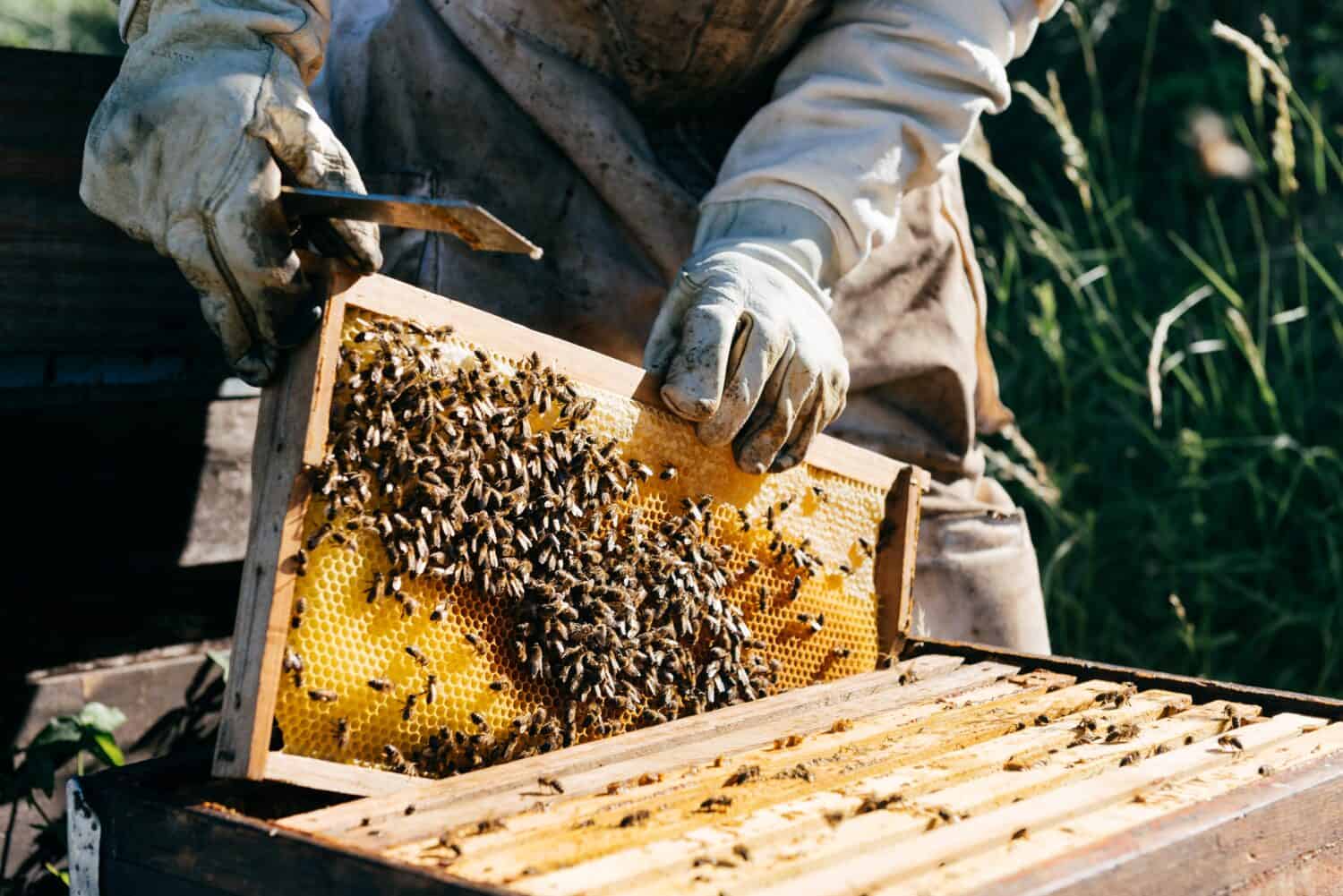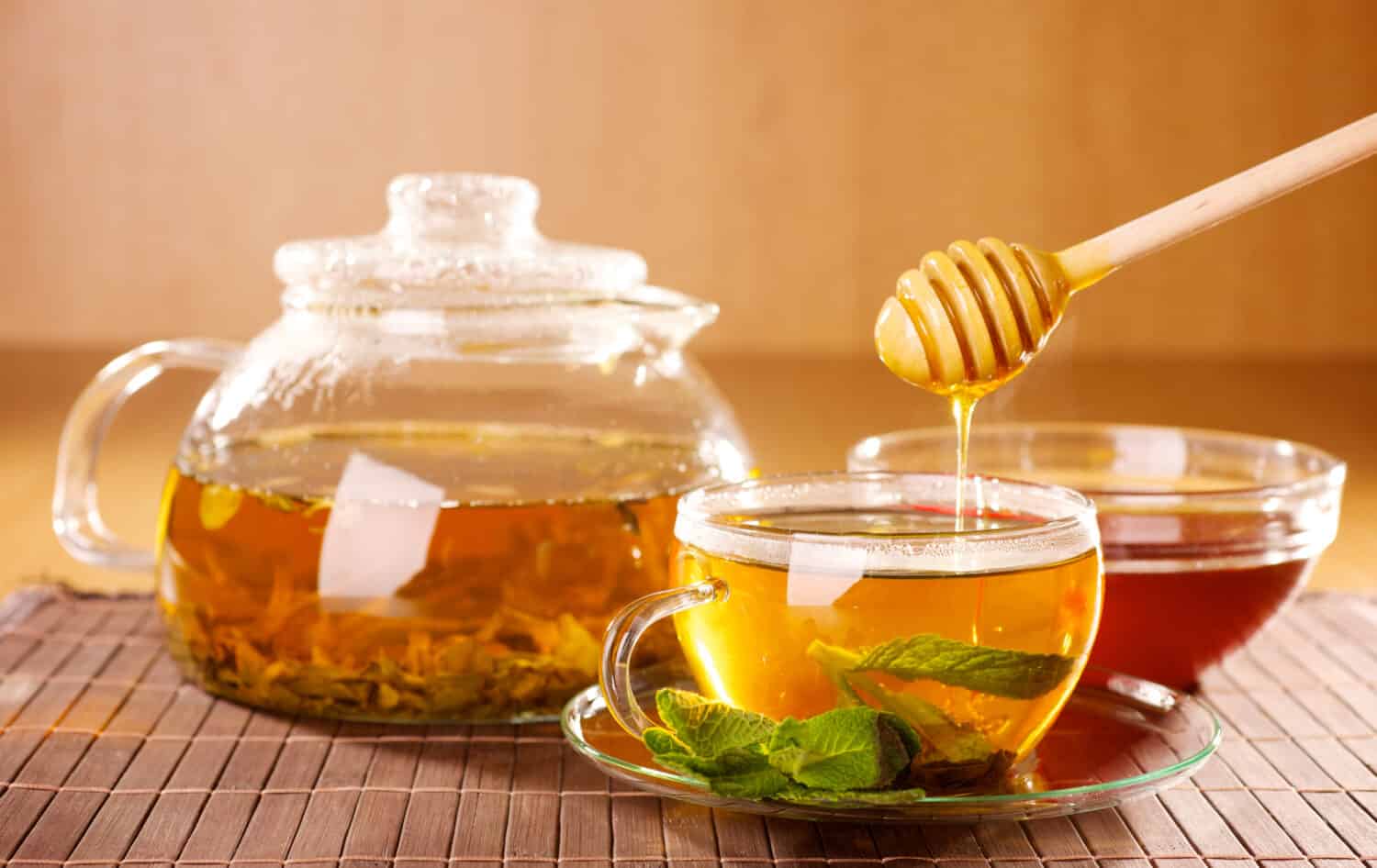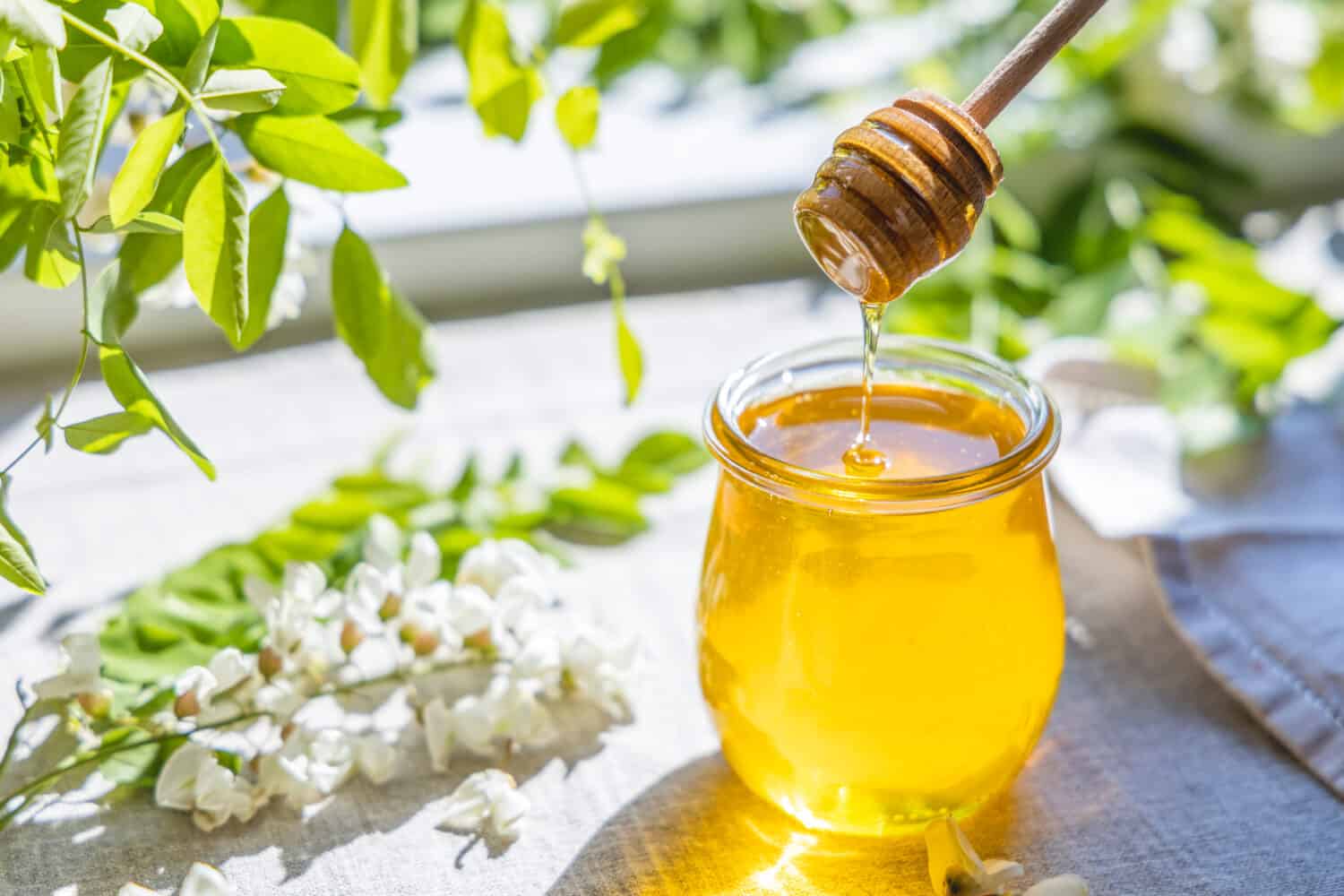Americans enjoy approximately four hundred million pounds of honey each year. In fact, the demand for honey is so high that American suppliers need help to keep up with the demand. As a result, seventy percent of American honey is imported from other countries. Moreover, approximately 300 different kinds of honey exist, making it even more challenging to choose the best one.
Each type of honey, named for its source of nectar, has different flavors and nutritional content. For instance, clover honey, made from the nectar of clover plants, has a light color and mildly sweet taste. While orange blossom honey is also light in color, the blossom nectar gives this honey a more citrusy flavor. Both of these honeys have slightly different nutritional profiles. Finally, processing and pasteurization also affect honey's nutritional benefits. So, how do you decide between raw honey and processed honey?
There are four main differences between raw honey and regular honey: their processing, nutritional content, flavor, and potential health benefits. Let us examine each of these differences in more detail and decide whether raw honey is better than regular honey.
Processing
Different processing methods apply to raw honey and regular honey. Beekeepers extract raw honey directly from the honeycomb without heating or filtering it, which preserves its natural nutrients. However, pasteurization and filtration are used for regular honey, which may lead to the removal of some of its natural properties.
The honey you find in most grocery stores is processed and pasteurized. Although it still offers health benefits, this process strips out some of the best nutritional benefits of honey. However, processing also improves honey's color and texture. In addition, the high heat kills any unwanted yeast while extending honey's shelf life. All of these benefits are why many sellers prefer stocking processed honey on store shelves.

Raw honey is unprocessed, so it retains all of its vitamins and antioxidants.
©Galdrific/Shutterstock.com
Flavor
Raw honey has a complex taste with distinct flavors. Beekeepers categorize honey by its plant source, leading to a large array of regional honeys The taste of raw honey can range from light and mild to dark and robust. On the other hand, regular honey has a more consistent flavor due to the processing methods used. If you prefer a more distinctive honey, raw honey is the better choice. However, if prefer your honey milder, you may prefer processed honey.
Nutritional Content
In addition to the pasteurization processes honey undergoes, processed honey typically has added sugars. This added sugar changes the nutritional value of raw honey vs. honey, too. Here is the nutritional breakdown of one tablespoon of both kinds of honey.
| Raw Honey | Processed Honey | |
|---|---|---|
| Calories | 64 calories | 64 calories |
| Carbohydrates | 17.3 grams | 17.3 grams |
| Protein | 0.01 grams | 0.01 grams |
| Fat | 0 grams | 0 grams |
| Fiber | 0.01 grams | 0.01 grams |
| Sugars | 16.9 grams | 17.3 grams |
It is important to note that the calorie and carbohydrate content of both raw and processed honey are very similar. Since honey is primarily composed of sugars, its glycemic index can vary, but both raw and processed honey are relatively high in sugar. Individuals with diabetes or those monitoring their blood sugar levels should consume honey in moderation.
The main nutritional differences lie in the potential loss of enzymes, antioxidants, and micronutrients during the processing of honey. Raw honey, being less processed, retains more of these beneficial components, including calcium, magnesium, niacin, potassium, and zinc.
Health Benefits
Even in ancient times, the health benefits of honey were well-known. In ancient societies, raw honey was a common medicine because it treated a variety of ills, including sore throats and digestive issues. For instance, raw honey is known to have antibacterial properties, which can help soothe a sore throat, and it can also aid in digestion by promoting a healthy gut. Furthermore, honey was commonly applied to wounds to aid in healing.

Adding raw honey to your tea can ease a sore throat and help with intestinal issues.
©ADA_photo/Shutterstock.com
Is Raw Honey Better For You Than Honey?
From a health perspective, raw honey offers more health benefits than regular honey. Besides the more robust, delicious flavor, here are several reasons raw honey is better for you.
- Antioxidants – Antioxidants, which help protect the body from free radicals, are one of the best reasons to choose raw honey. Raw honey has as many antioxidants as some fruits and vegetables, including flavonoids, phenolic acids, and enzymes. Flavonoids are commonly found in plant-based foods, while phenolic acids are typically found in vegetables and whole grains. Enzymes aid in cell function and help the metabolism.
- Bee Pollen – Raw honey, free from any added sugars, is rich in pollen. Pollen is incredibly healthy as it combines amino acids, antioxidants, essential fatty acids, and vitamins. These components are vital for our body's function and overall health. Bee pollen, revered as a “life-living dust” by the ancient Egyptians, is even recognized as a medicine in Germany. Unfortunately, due to the filtration process, regular honey contains little to no pollen. Of course, if you are allergic to bee pollen, you should avoid using raw honey.
- Bee Propolis – This is a substance that honeybees produce when they combine their saliva and beeswax with matter collected from tree buds and sap. Propolis is the substance that holds their hives together. Studies show that propolis contains many vitamins and enzymes, such as Vitamins B, C, and E. Furthermore, it contains antioxidants and antifungal properties.
- Medicinal Properties – Raw honey has many medicinal uses. The antimicrobial and anti-inflammatory properties of honey aid in wound healing when applied topically to minor cuts, burns, and abrasions. Honey's antibacterial and moisturizing properties may help skin conditions like eczema. Raw honey is a mild laxative and may help curb symptoms of indigestion. Finally, raw honey helps regulate and boost the immune system.
- No Added Sugars – Regular honey often has added sugar, like high fructose corn syrup or brown rice syrup. This raises the glycemic index for honey, although honey is typically considered better for you than regular sugar. However, raw honey has no added sugars.
What Are the Downsides of Raw Honey?
If you are allergic to bee pollen, raw honey should be avoided until you have consulted your doctor. Consuming raw honey may cause a severe allergic reaction. Additionally, if you have diabetes, you will need to consult your doctor about adding either type of honey to your diet. Processed honey, in particular, has a lot of added sugars.
Finally, raw honey has small amounts of Clostridium botulinum. This bacteria causes botulism, a serious type of food poisoning that may result in paralysis throughout the body. When it affects the lungs and respiratory muscles, botulism may cause serious breathing problems and even death. While this is a small risk, it is worth noting.

Avoid giving honey to children under the age of one because the bacteria in honey may make them ill.
©olyagimaeva/Shutterstock.com
Final Thoughts
When it comes to the two honey types, raw honey is the champion here. This type of honey is the overall best choice for those looking to add vitamins and antioxidants to their diets. Since raw honey is unprocessed, it retains bee pollen, antioxidants, and vitamins, some of which may be stripped from processed honey. Additionally, regular honey usually has processed sugars added, like high fructose corn syrup, making raw honey the healthier choice.
Both raw and processed honey can be enjoyed in moderation as part of a balanced diet, although it should not be given to children under twelve months. Additionally, those with diabetes and bee allergies should discuss honey with their doctor. However, the choice between raw honey and regular honey largely depends on personal preferences and health considerations.
Recipe Card
Print
Honey Garlic Shrimp
Ingredients
- 1 lb (450g) large shrimp, peeled and deveined
- Salt and black pepper to taste
- 2 Tablespoons olive oil
- 4 cloves garlic, minced
- 1/4 cup honey
- 2 Tablespoons soy sauce
- 1 Tablespoon rice vinegar
- 1 teaspoon sesame oil
- 1/2 teaspoon red pepper flakes (optional)
- 2 green onions, thinly sliced
- Sesame seeds, for garnish
Instructions
- Season the shrimp with salt and black pepper to taste.
- In a large skillet, heat olive oil over medium-high heat. Add minced garlic and sauté for about 1 minute until fragrant.
- Add the seasoned shrimp to the skillet and cook for 2-3 minutes per side until pink and opaque.
- In a small bowl, whisk together honey, soy sauce, rice vinegar, sesame oil, and red pepper flakes (if using).
- Pour the honey garlic sauce over the cooked shrimp in the skillet. Stir to coat the shrimp evenly with the sauce.
- Cook for an additional 1-2 minutes until the sauce thickens slightly and coats the shrimp.
- Garnish with thinly sliced green onions and sesame seeds.
- Serve the honey garlic shrimp hot over cooked rice or noodles.
The image featured at the top of this post is ©Victoria Kondysenko/Shutterstock.com

